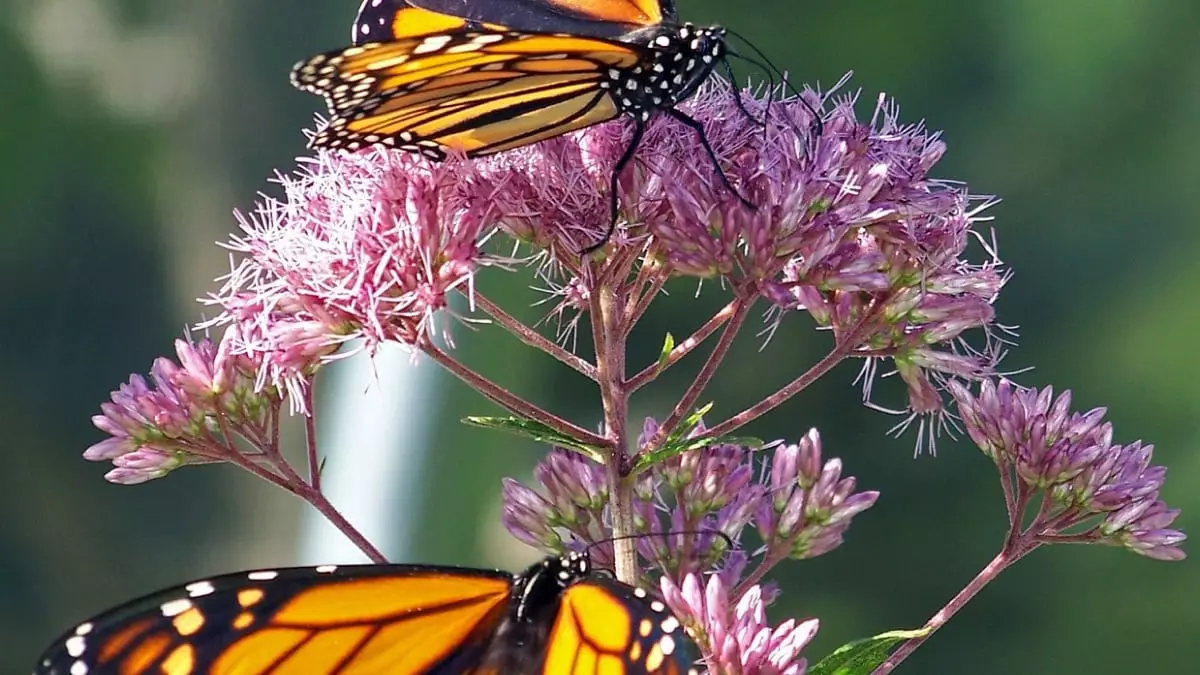The intersection of climate change and biodiversity loss is a pressing global concern, particularly for species reliant on specific habitats for survival. One such species is the monarch butterfly, which undertakes an epic migration from regions abundant in milkweed to the oyamel fir forests of central Mexico. These forests serve as critical overwintering sites for this iconic insect. However, recent studies reveal a troubling reality—these essential habitats are under threat from a combination of rising temperatures and declining butterfly populations. In a bid to combat these adversities, a pioneering project has emerged, focusing on the cultivation of new oyamel fir forests to enhance the survival prospects of monarchs.
Innovative Reforestation Efforts
Researchers have initiated an ambitious reforestation project extending far beyond the traditional boundaries of native oyamel fir habitats. By strategically planting hundreds of saplings approximately 100 kilometers away from their original locations, the project aims to establish new forests better suited to cope with changing climatic conditions. This approach stems from a recognition that as temperatures increase, traditional habitats for these trees might become untenable. Conservation biologist Karen Oberhauser underscores the urgency of this initiative, advocating for adaptive strategies in forestry that can follow shifting environmental parameters.
Scientific Collaboration and Indigenous Involvement
The undertaking is not confined to isolated scientific endeavors; it engages the Indigenous community in Calimaya, showcasing the project’s emphasis on collaboration. By sourcing oyamel fir seeds from varying elevations within the Monarch Butterfly Biosphere Reserve, the research team has maximized their chances of success. They have meticulously planted approximately 960 trees at different altitudes on the Nevado de Toluca volcano. Notably, early observations suggest that although saplings at higher metrics have exhibited slower growth rates, their survival rates are impressive—around 80 percent over three years. This statistic speaks to the project’s potential effectiveness in creating sustainable habitats for future monarch generations.
Despite the promising results, scholars such as Cuauhtémoc Sáenz-Romero caution that the road ahead is fraught with challenges. Securing ongoing support from local communities and government entities will be crucial for the sustainability of this initiative. Furthermore, the ultimate test lies in whether the migratory monarchs will successfully locate and utilize these newly established forests. Recent patterns indicate a shift in behavior, as some butterflies have been observed avoiding the traditional biosphere in favor of potentially cooler areas, revealing their remarkable adaptability.
As global temperatures continue to rise and ecosystems face unprecedented pressure, the efforts to establish new oyamel fir forests represent a beacon of hope. These initiatives not only aim to protect the monarch butterfly but also highlight the broader implications for ecosystem preservation. The collaborative nature of this project could serve as a model for conservation strategies worldwide, emphasizing the need for adaptive management in forestry and ecosystem stewardship. However, for these ambitions to materialize into lasting success, continued research, community engagement, and responsive governance will be essential in navigating the complexities of climate change and biodiversity conservation.


Leave a Reply